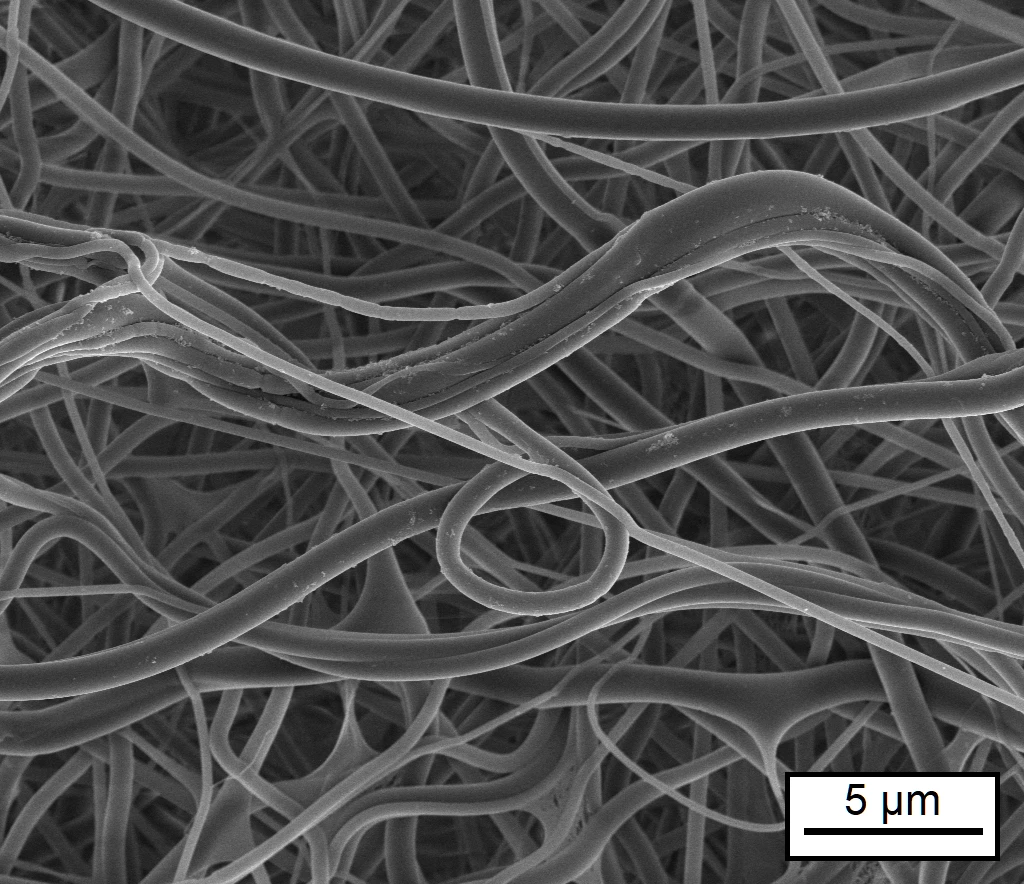If you're trying to make a wound dressing that will be well-tolerated by the human body, you may be best off using human-derived materials. That's the approach that German researchers have taken, creating a tropoelastin-based bandage.
Tropoelastin protein molecules are produced naturally by the human body, and they're the main building block of elastin, a biopolymer which gives the skin and organs their elastic properties. In the past, scientists have tried to reduce scarring by injecting tropoelastin directly into wounds, without much success.
Instead, a team from Germany's Fraunhofer Institute for Microstructure of Materials and Systems, Martin Luther University Halle-Wittenberg, and biotech firm Skinomics have been exploring the protein's use in a bandage for chronic, difficult-to-treat wounds.
They utilized an electrospinning process to produce ultra-thin tropoelastin nanofibers, which were then crosslinked with one another to form a sheet of elastin-like material. According to the scientists, the resulting wound dressing "combines biocompatibility, durability, biodegradability and favorable mechanical properties similar to those of skin."

Additionally, depending on the nature of the wound that the bandage is being designed to treat, it's possible to tweak characteristics such as its pore size and mechanical properties. Skinomics has already begun preclinical trials to test the dressing's biocompatibility, and reports good results so far.
"Elastin is chemically and enzymatically extremely stable, biocompatible and does not produce immunological rejections when used as a biomaterial in humans," says Fraunhofer's Dr. Christian Schmelzer. "Therefore, we want to create new and innovative solutions for the treatment of complex wounds based on human tropoelastin."
Source: Fraunhofer




